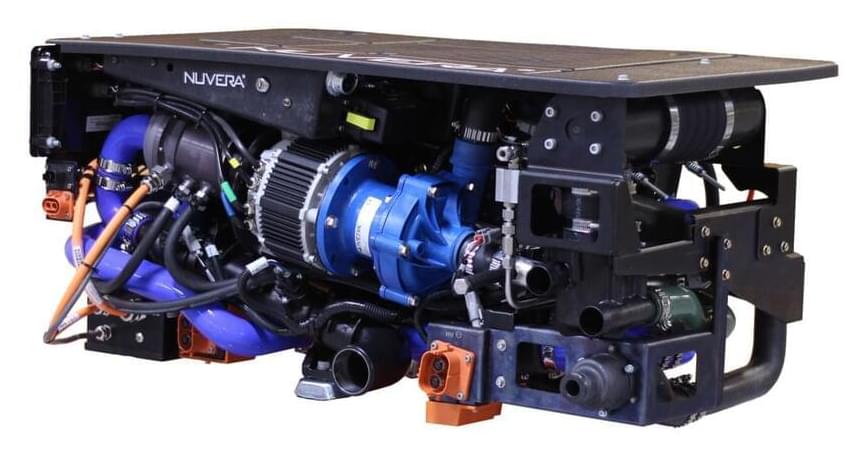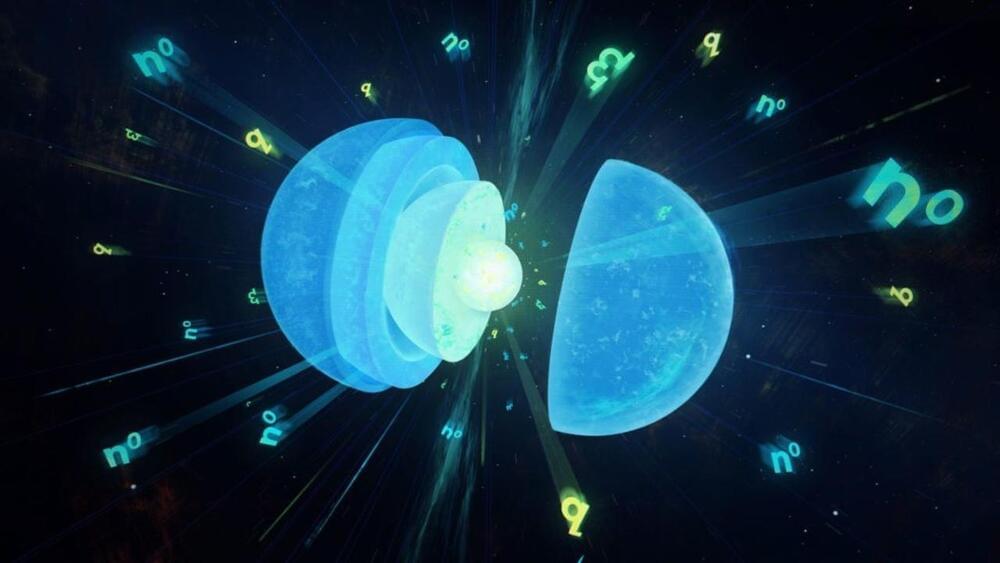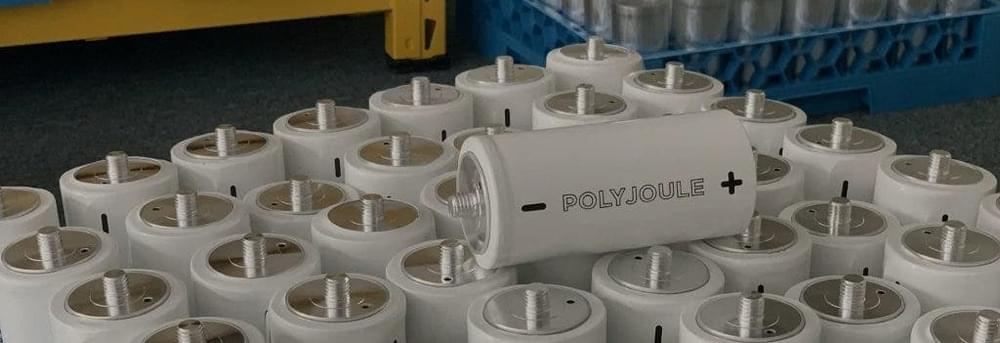Countries, especially potential exporters, should improve hydrogen statistics to justify and promote investments in hydrogen. The measures should result from broad cooperation, also intended to standardize and homogenize measurements, said Columbia University‘s Anne-Sophie Corbeau. “Countries could start working together to determine how best to collect hydrogen data, both on the demand and production sides, and include existing consumption as well as potential future consumption in new sectors. Statistics on the demand side need to anticipate new uses in buildings, industry, transport, and power, as well as account for hydrogen’s potential use to produce other energy products such as ammonia and methanol,” the French scholar wrote on Monday.
Vancouver-based First Hydrogen has identified four industrial sites in the United Kingdom and is advancing discussions with landowners to secure land rights to develop green hydrogen production projects. It said it would be working with engineering consultants Ove Arup & Partners Limited (ARUP) for engineering studies and designs. “The sites are all in prime industrial areas spread strategically across the North and South of the United Kingdom and will each accommodate both a large refueling station — for light, medium and heavy commercial vehicles with on-site hydrogen production, to serve the urban areas of Greater Liverpool, Greater Manchester, the London area, and the Thames Estuary — and a larger hydrogen production site of between 20 and 40 MW, for a total for the four sites of between 80 MW and 160 MW,” First Hydrogen wrote on Monday. The Canadian company wants to use the production facilities to serve customers of its automotive division. “First Hydrogen’s green hydrogen van is to begin demonstrator testing in June with final delivery for road use in September 2022.”









